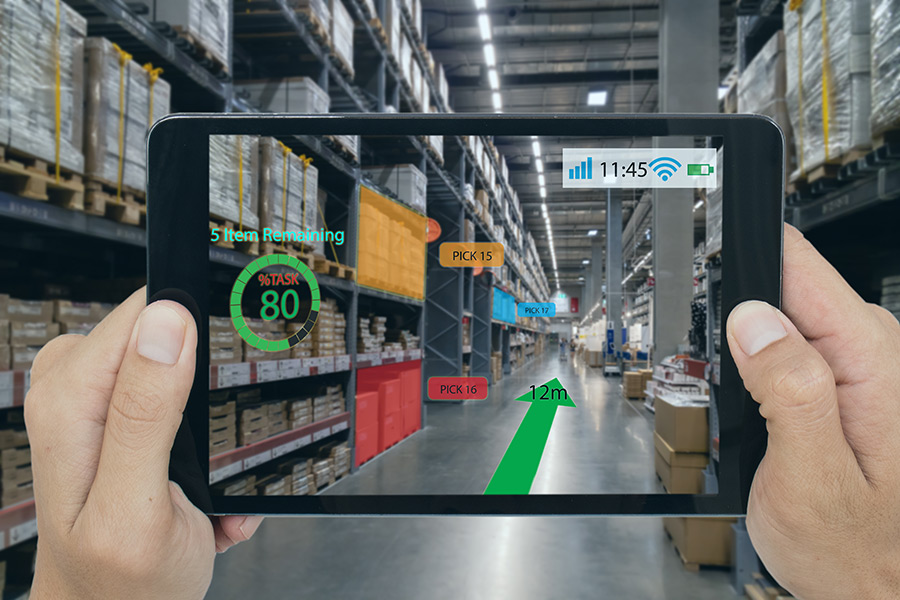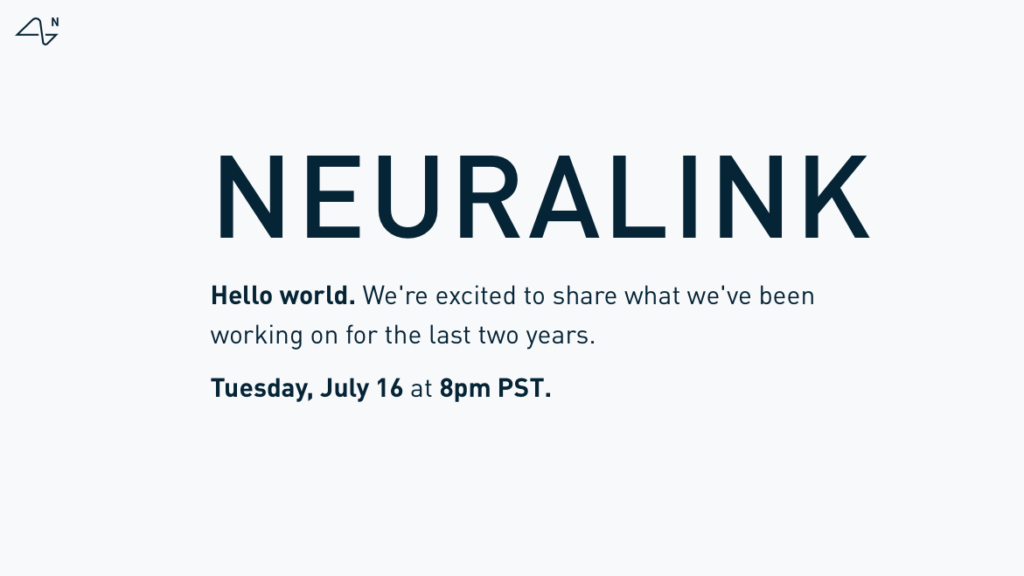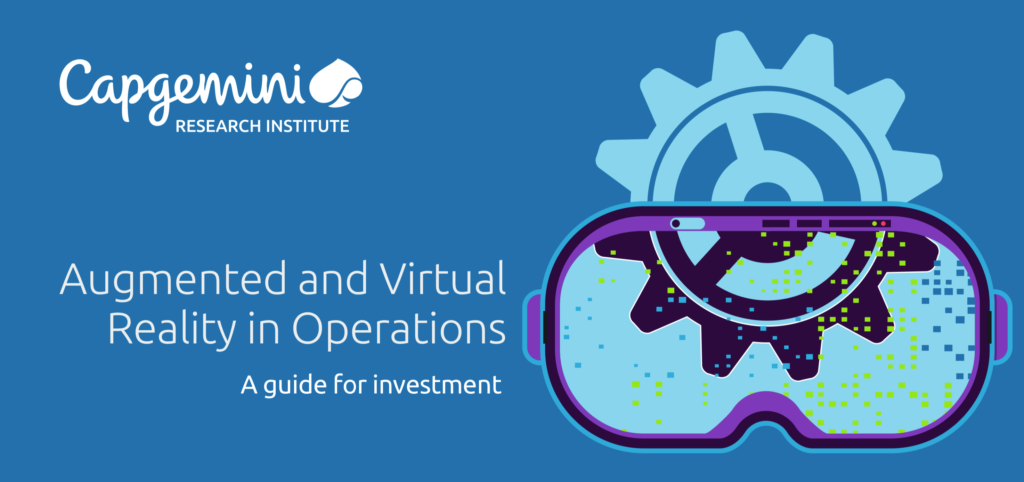VR For Work | Virtual Reality in Business
Here at meetingRoom, we focus on the opportunity for Virtual Reality in business. We believe our solution helps organisations save money by replacing the physical office as the primary means of business collaboration. However, what does that mean and why is VR for Work even a thing.
This article is the first in a series of articles looking at the impact of virtual reality and associated technologies on businesses.
A Step Back
I have to admit, I have been in the industry for a long time. I used to work at a company whose tagline was “The Network Is The Computer“, and this was when there wasn’t a Cloud. To help people understand the radical shift that was coming we used to say to people –
“In the future, you will sit in a restaurant, and your partner will go to the washroom. You will pull out a device and respond to urgent messages, check stock prices, transact and place the device back in your pocket all before your partner returns.”
People used to laugh at us.
My point in telling this is not the fact that we predicted the rise of the smartphone, but that we underestimated the impact it would have. The repercussion of how those early devices moved us beyond audio communication is with us today. A new generation of applications now links us to our homes, work, family and friends in ways we could not have imagined.
A Closer Interface
So, step forward several years and let’s ask ourselves the question about where technology is heading. No matter what happens, we will find ourselves dealing with devices that are very different from what we have today.
I would conjecture that what we are seeing is a movement of that interface closer to us. Now notwithstanding Mr Musk and his brain interface ideas.
Which you could argue is the ultimate in moving the interface closer to us, we probably have some years of intermediate technology.
We have already been moving that interface closer to the body. As a technology junkie, I have more devices than I care to mention that are already invading my personal space.
Exhibit A, of course, is Google Glass. I loved them; my friends hated them. Everyone I am sure has their opinion, but what I liked most about them was I didn’t have to hold anything up to see the interface. A point we will come back to shortly.
Also, they are making a comeback in the enterprise space.
Now look around and count the number of companies either producing or talking about AR glasses, then add the number of companies making virtual reality headsets. Some massive companies are betting on us not holding something in our hands when we are working.

Remember, it always gets smaller, faster and cheaper.
Why Are People Getting Excited By AR and VR?
It’s worth at this point just clarifying the differences between AR and VR (we will leave the concept of Mixed Reality for the moment).
With AR, we augment reality, that is, we overlay the real world that we see with computer-generated imagery.
With VR, we create a reality; that is, everything we see is computer-generated imagery.
So why are people getting excited by these technologies?
With AR, it’s about the ability to place data, objects and interactivity into your existing working environment.
Want to see where something connects; how hot it gets; its failure rate; who fixed it last; options for the task; how things fit together; visualise data; see whether something fits; if the colour matches; this is AR.

For a company, this is maximising customer value while minimising waste; it is process improvement, increased productivity, it fundamentally drives cost savings if implemented well.
Boeing’s use of augmented reality for technicians has increased productivity by 40% and reduced wiring production time by 25%.
With VR, it is about creating environments that either we cannot access, currently do not exist or where training needs to happen in a safe environment.
Want to stand on the oil rig your team have been designing, review a building design with the architect, train workers for hazardous or complex environments; this is VR.
You can get the general idea using the 360-degree image in the box above. Use your mouse (or finger) to move the image around. With a VR headset on you are immersed into and are part of the environment.
Cap Gemini currently estimates that these technologies will become mainstream in companies within the next three years due to the benefits early adopters are seeing.
We are coming back to a point we made earlier. As these technologies become ubiquitous, you do not want to be standing there trying to work on something holding a smartphone in one hand while staring “through it”. You want to be wearing something that leaves your hands free.
VR For Work
So back to the original question we postulated at the start. What does replacing the physical office as the primary means of business collaboration mean and why is VR for Work even a thing.
As already mentioned, it is about creating those environments that either we cannot access or that currently do not exist.
For meetingRoom, VRForWork is about bringing that concept into the daily working life of the company employee. This employee works collaboratively with other employees that do not work in the same location.
We do this by creating Virtual Meeting Rooms.
Virtual Meeting Rooms
In these rooms, you collaborate effectively with colleagues, partners or customers no matter where they are. Use the tools that people know in meeting rooms, whiteboards, post-it notes and presentation slides or documents. You and the other participants modify and discuss in real-time.
Immerse yourself in the meeting, seeing and hearing everyone using spatial sound, you know whom to face as you understand where they are in the room.
While the experience is best suited to a VR headset, you can use any device to join a meeting. No matter which platform you choose, it is all supported by industry-standard encryption for security.
Additional benefits of a virtual meeting room come into play at the end of the meeting. Firstly, the meeting room is persistent, so it is there with all of the notes, discussion and set up exactly as you left it. If you need to go back and continue or review, you can step straight in. With this persistence, there is no need to take up a physical meeting room if a customer discovery exercise takes multiple meetings or is over days or weeks.
Secondly, because the meeting room is virtual, teams or companies can have as many places to meet as they like. Have one for each engagement; for each product; for each group; capture best practice and replicate; the possibilities are limitless and require no expensive floor space.
Now you can replace the physical office as the primary means of business collaboration, put on your VR headsets and step into your unbounded, unlimited office.
#VRForWork
We work with organisations who are interested in how this technology is shaping the future of collaboration using our #VRForWork offering.
We have a step-by-step workshop on how to succeed using #VRForWork delivered by subject matter experts. This workshop includes tailored packages by industry to ensure the process results in helping you utilise and deploy VR. We also focus on developing a proof of concept with you and providing a successful conclusion to that POC.
Contact us now to find out more.


